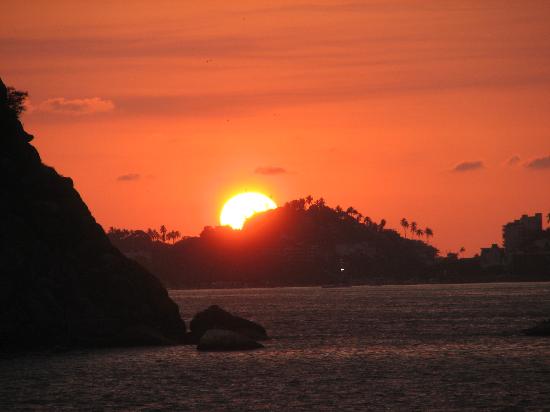The sun emits light that we see as white becuase it emits at least all the visible wavelengths which when combined and reach our eyes, we see as white
We see blue during the day becuase the shorter wavelengths get reflected off the particles in the atmosphere, and are subjected to lots of scatter interactions which results in shorter wavelenghts traveling in all sorts of directions and locations other than eminating from the sun, and inevitably reach our eyes. The longer wavelengths dont get reflected as much an keep going without being reflected which is why we dont see them as much.
Yet at sunrise/sunset, we see the longer wavelengths being scattered just as much as the shorter wavelengths were during the day.

Why is it that the longer wavelengths dont scatter like this during the day? Why dont we see any blue? where have the shorter wavelengths gone?
At sunrise/sunset, the sun light has further to travel to reach our eyes, it also appears lower in the atmosphere form our point of view, and as the denisty is thicker there, more scattering occurs as there are more particles. How does this contribute to us not seeing the shorter wavelengths but the longer ones.






